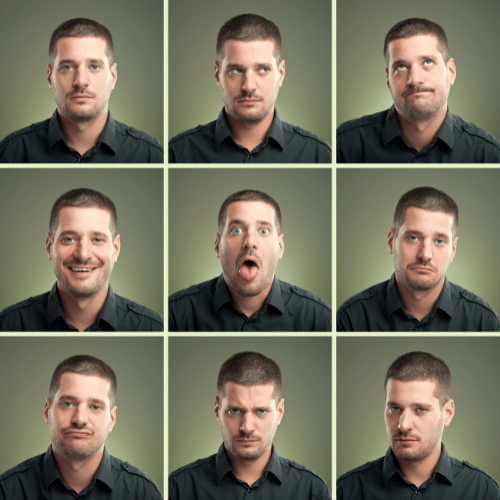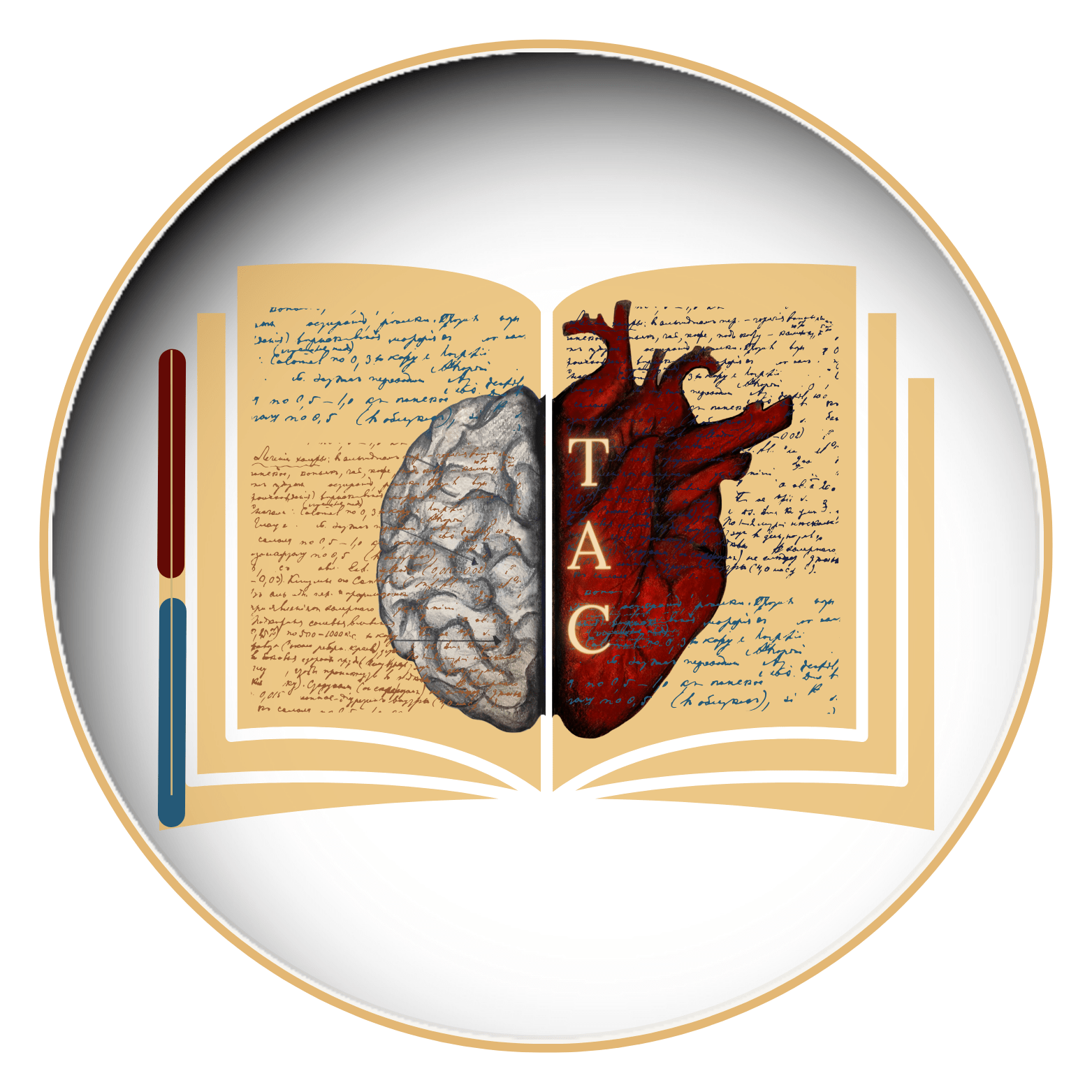

Understanding the Body Language of an Interviewer
Job interviews are not just about the words spoken; they are also about the unspoken cues conveyed through body language. By paying attention to an interviewer’s nonverbal signals, you can gain valuable insights into their thoughts, feelings, and overall impression of you. In this blog, we will explore how you can understand and interpret the body language of an interviewer, helping you navigate the interview process with greater confidence and success.

Eye Contact:
Eye contact is a powerful indicator of engagement and interest. An interviewer who maintains consistent eye contact demonstrates attentiveness and genuine interest in what you are saying. On the other hand, lack of eye contact or frequent glances elsewhere may suggest distraction or disinterest. Strive to establish and maintain eye contact, while also respecting cultural norms and individual preferences.

Facial Expressions:
Facial expressions can provide valuable clues about an interviewer's reaction to your answers. Positive facial expressions, such as smiling, nodding, or raised eyebrows, indicate engagement and agreement. Conversely, frowns, raised or furrowed brows, or a poker face may suggest confusion or scepticism. Pay attention to these subtle cues to gauge how well your responses are received and adjust accordingly.

Posture and Body Alignment:
The interviewer's posture and body alignment can convey their level of comfort and openness. If the interviewer leans forward, faces you directly, and maintains an open posture (uncrossed arms and legs), it indicates interest and receptiveness. Conversely, crossed arms, leaning away, or a closed-off stance may signal discomfort or defensiveness. Mirroring the interviewer's posture can help create rapport and a sense of connection.

Hand Gestures:
Hand gestures can accentuate verbal communication and indicate engagement. Positive gestures, such as nodding, open palms, or finger tapping, demonstrate active listening and enthusiasm. However, be cautious of excessive fidgeting, finger pointing, or closed fists, as these may indicate impatience or frustration. Aim to use natural hand gestures to emphasize key points and maintain a sense of professionalism.

Tone of Voice and Speech Patterns:
Beyond body language, the interviewer's tone of voice and speech patterns can reveal important insights. A warm and enthusiastic tone suggests genuine interest, while a monotone or clipped speech may indicate disengagement. Listen for changes in pitch, volume, or pace, as they can convey excitement, surprise, or concern. Adapt your own tone and speech patterns to match the interviewer's style, while remaining authentic.

Microexpressions:
Microexpressions are brief facial expressions that occur involuntarily and can reveal hidden emotions. These fleeting cues, such as a subtle smirk, raised eyebrow, or fleeting grimace, can provide valuable insights into the interviewer's thoughts and reactions. While it may be challenging to catch these microexpressions, being attentive and observant can help you pick up on subtle cues that inform your responses.

Overall Energy and Engagement:
Lastly, pay attention to the interviewer's overall energy and engagement level throughout the interview. A positive and engaged interviewer will exhibit active listening, ask follow-up questions, and provide encouraging feedback. Conversely, a disinterested or distracted interviewer may display signs of restlessness, such as checking the time, looking around the room, or interrupting frequently. Adjust your approach accordingly, ensuring your responses are concise, engaging, and tailored to maintain their interest.
Conclusion
Understanding the body language of an interviewer can provide valuable insights into their thoughts and reactions. By paying attention to cues such as eye contact, facial expressions, posture, hand gestures, tone of voice, microexpressions, and overall energy, you can adapt your responses and approach to create a positive and engaging impression. Remember, interpreting body language should be done in conjunction with active listening and genuine connection, as it enhances your ability to navigate the interview process with confidence and success.

TAC Desk








